Victron Battery Management System VE.Bus BMS Handleiding
Bekijk gratis de handleiding van Victron Battery Management System VE.Bus BMS (63 pagina’s), behorend tot de categorie Acculader. Deze gids werd als nuttig beoordeeld door 44 mensen en kreeg gemiddeld 3.5 sterren uit 22.5 reviews. Heb je een vraag over Victron Battery Management System VE.Bus BMS of wil je andere gebruikers van dit product iets vragen? Stel een vraag
Pagina 1/63

Manual
EN
Handleiding
NL
Manuel
FR
Anleitung
DE
Manual
ES
Appendix
VE.Bus BMS

1
EN NL FR DE ES Appendix
1. General Description
Protects each individual cell of a Victron lithium iron phosphate (LiFePO₄) battery
Each individual cell of a LiFePO₄ battery must be protected against over voltage, under voltage and over temperature.
Victron LiFePO₄ batteries have integrated Balancing, Temperature and Voltage control (acronym: BTV) and connect to the
VE.Bus BMS with two M8 circular connector cord sets.
The BTVs of several batteries can be daisy chained. Please see our LiFePO4 battery documentation for details.
The BMS will:
- shut down or disconnect loads in case of imminent cell under voltage,
- reduce charge current in case of imminent cell overvoltage or over temperature (VE.Bus products, see below), and
- shut down or disconnect battery chargers in case of imminent cell overvoltage or over temperature.
Protects 12V, 24V and 48V systems
Operating voltage range of the BMS: 9 to 70V DC.
Communicates with all VE.Bus products
The VE.Bus BMS connects to a MultiPlus, Quattro or Phoenix inverter with a standard RJ45 UTP cable.
Products without VE.Bus can be controlled as shown below:
Note: AC Detector for MultiPlus and Quattro (included in VE.Bus BMS delivery) not needed for MultiPlus-II models
Load Disconnect
The Load Disconnect output is normally high and becomes free floating in case of imminent cell under voltage. Maximum
current: 2A.
The Load Disconnect output can be used to control
- the remote on/off of a load, and/or
- the remote on/off of an electronic load switch (BatteryProtect, preferred low power consumption solution).
Charge Disconnect
The Charge Disconnect output is normally high and becomes free floating in case of imminent cell over voltage or over
temperature. Maximum current: 10mA.
The Charge Disconnect output can be used to control
- the remote on/off of a charger and/or
- a Cyrix-Li-Charge relay and/or
- a Cyrix-Li-ct Battery Combiner.
LED indicators
- Enabled (blue): VE.Bus products are enabled.
- Cell>4V or temperature (red): charge disconnect output low because of imminent cell over voltage or over
temperature.
- Cell>2,8V (blue): load disconnect output high.
Load disconnect output low when off, due to imminent cell under voltage (Vcell≤2,8V).
2. Safety instructions
Installation must strictly follow the national safety regulations in compliance with the enclosure, installation, creepage, clearance,
casualty, markings and segregation requirements of the end-use application. Installation must be performed by qualified and
trained installers only. Switch off the system and check for hazardous voltages before altering any connection.
• Do not open the Lithium Ion Battery.
• Do not discharge a new Lithium Ion Battery before it has been fully charged first.
• Charge only within the specified limits.
• Do not mount the Lithium Ion Battery upside down.
• Check if the Li-Ion battery has been damaged during transport.
3. Things to consider
3.1 Important warning
Li-ion batteries are expensive and can be damaged due to over discharge or over charge.
Damage due to over discharge can occur if small loads (such as: alarm systems, relays, standby current of certain loads, back
current drain of battery chargers or charge regulators) slowly discharge the battery when the system is not in use.
In case of any doubt about possible residual current draw, isolate the battery by opening the battery switch, pulling the battery
fuse(s) or disconnecting the battery plus when the system is not in use.
A residual discharge current is especially dangerous if the system has been discharged completely and a low cell
voltage shutdown has occurred. After shutdown due to low cell voltage, a capacity reserve of approximately 1Ah per
100Ah battery capacity is left in the battery. The battery will be damaged if the remaining capacity reserve is drawn
from the battery. A residual current of 10mA for example may damage a 200Ah battery if the system is left in
discharged state during more than 8 days.
Product specificaties
| Merk: | Victron |
| Categorie: | Acculader |
| Model: | Battery Management System VE.Bus BMS |
Heb je hulp nodig?
Als je hulp nodig hebt met Victron Battery Management System VE.Bus BMS stel dan hieronder een vraag en andere gebruikers zullen je antwoorden
Handleiding Acculader Victron

12 Augustus 2023

12 Augustus 2023

12 Augustus 2023

12 Augustus 2023

12 Augustus 2023

12 Augustus 2023

12 Augustus 2023

12 Augustus 2023

12 Augustus 2023

12 Augustus 2023
Handleiding Acculader
- Marquant
- Malmbergs
- Fein
- Osram
- ABB
- Perel
- KBM
- Vonroc
- Bruder Mannesmann
- HyperX
- Enersys
- DeWalt
- MIDAC
- Hikoki
- Efoy
Nieuwste handleidingen voor Acculader
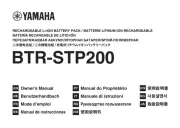
4 September 2025
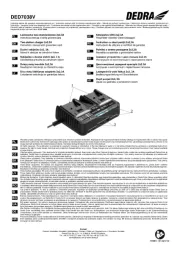
15 Juli 2025
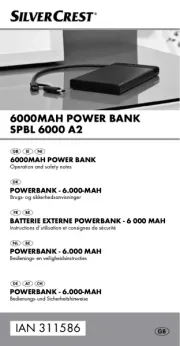
5 Juli 2025
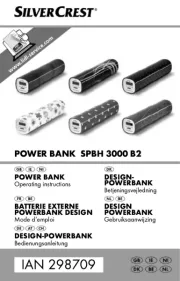
4 Juli 2025
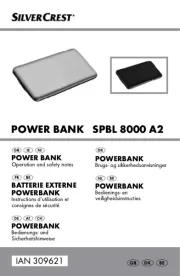
4 Juli 2025
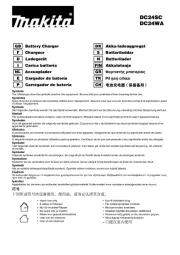
1 Juli 2025

2 April 2025
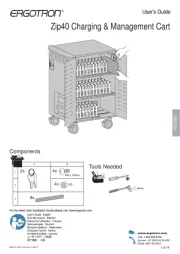
2 April 2025

2 April 2025
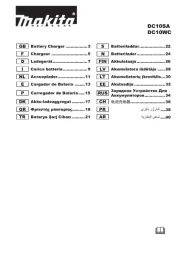
29 Maart 2025